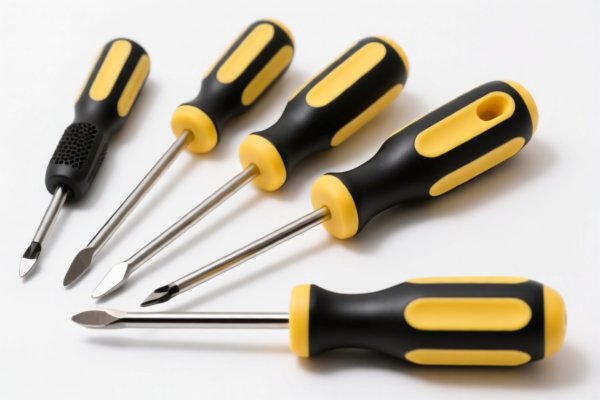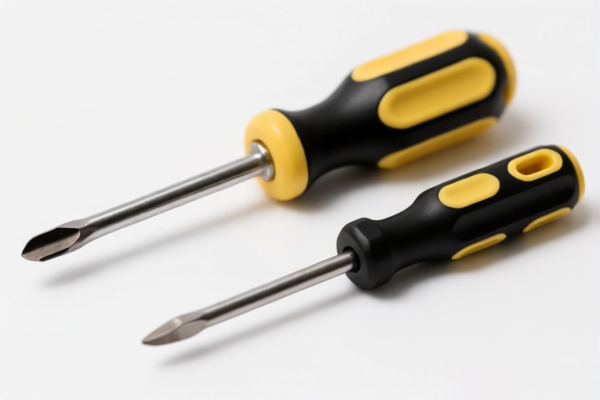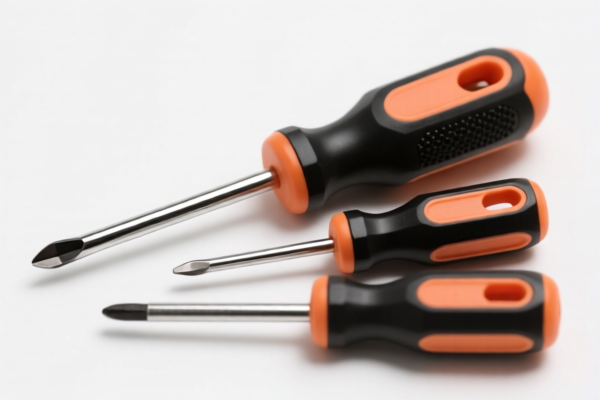| HS Code | Official Doc | Tariff Rate | Origin | Destination | Effective Date |
|---|---|---|---|---|---|
| 8211915030 | Doc | 0.7¢ each + 3.7%+37.5% | CN | US | 2025-05-12 |
| 8211918030 | Doc | 0.3¢ each + 4.9%+37.5% | CN | US | 2025-05-12 |
| 8214906000 | Doc | 0.2¢ each + 3.1%+30.0% | CN | US | 2025-05-12 |
| 8214909000 | Doc | 1.4¢ each + 3.2%+30.0% | CN | US | 2025-05-12 |
| 3926903500 | Doc | 44.0% | CN | US | 2025-05-12 |
| 3924104000 | Doc | 33.4% | CN | US | 2025-05-12 |
| 3924101000 | Doc | 33.4% | CN | US | 2025-05-12 |




Steak Knife Set
A steak knife set is a collection of knives specifically designed for cutting cooked steak and other meats. These sets typically include multiple knives, often accompanied by a storage block or case.
Material
- Blade:
- Stainless Steel: The most common material, offering a balance of sharpness, durability, and corrosion resistance. Grades vary, with higher carbon content steel holding an edge longer. 420 and 5Cr13 are typical lower-cost options, while AUS-8, VG-10, and Damascus steel are considered higher-end.
- High-Carbon Stainless Steel: Provides greater hardness and edge retention compared to standard stainless steel, but may require more maintenance to prevent rust.
- Carbon Steel: Offers exceptional sharpness and ease of sharpening, but is prone to rust and requires careful cleaning and oiling. Less common in full sets due to maintenance needs.
- Titanium: Lightweight and corrosion-resistant, often used for coating or in hybrid blade constructions.
- Handle:
- Wood: (Pakkawood, Rosewood, Zebrawood) Offers a classic aesthetic and comfortable grip. Requires periodic oiling.
- Synthetic Materials: (ABS, Polypropylene) Durable, water-resistant, and easy to clean.
- Composite Materials: (Micarta, G10) Provide a balance of durability, grip, and aesthetics.
Purpose
The primary purpose of a steak knife set is to cleanly cut cooked steak and other meats, minimizing tearing and preserving juices. They are designed for table use and often feature a serrated or straight edge optimized for this task.
Function
- Cutting: The blade's sharpness and edge geometry allow for efficient cutting through cooked muscle fibers.
- Slicing: Some steak knives are designed for slicing cooked roasts or larger cuts of meat.
- Table Presentation: Steak knife sets often enhance the dining experience through their aesthetic design and presentation.
Usage Scenarios
- Home Dining: Everyday use for cutting steak and other meats at the dinner table.
- Formal Occasions: Sets with more elaborate designs are used for special events and entertaining.
- Restaurants & Hospitality: Professional kitchens and dining establishments utilize steak knife sets for serving customers.
- Outdoor Activities: Sets designed for camping or grilling provide portable cutting solutions.
Common Types
- Serrated Steak Knives: Feature a saw-tooth edge that excels at cutting through tougher cuts of meat and cooked meats with a crust. May require more effort to maintain sharpness.
- Straight-Edge Steak Knives: Offer a cleaner cut and are preferred for tender cuts of meat. Require regular honing and sharpening.
- Grantons (Hollow Ground): Feature indentations (grants) along the blade to reduce friction and prevent sticking.
- French Steak Knives: Typically feature a straight edge and a pointed tip for precise cutting and carving.
- Chicago-Style Steak Knives: Feature a tapered blade with a distinctive pointed tip, often with a serrated edge.
- Block Sets: Include a wooden or synthetic block for storing the knives safely and neatly.
- Case Sets: Include a protective case for portability and storage.
Steak knife sets typically consist of knives designed for cutting cooked meat, featuring blades that may be serrated or not, and often have rubber or plastic handles. Based on this description, the following HS codes are relevant:
-
8211.91.50.30: This HS code falls under Chapter 82, which covers knives with cutting blades (other than those of heading 8208). Specifically, it covers “Other” table knives having fixed blades, and includes steak knives. The first two digits (82) indicate the chapter related to cutlery. The next four digits (1191) specify knives with cutting blades, other than those of heading 8208, and “Other” table knives having fixed blades. The final digits (5030) further refine the classification to include steak knives. The tariff details include a base duty of 0.7¢ each + 3.7%, a surcharge of 7.5%, and a 30% surcharge effective April 2, 2025. The total tariff rate is 0.7¢ each + 3.7% + 37.5%.
-
8211.91.80.30: This HS code also falls under Chapter 82, covering knives with cutting blades (other than those of heading 8208). It specifically covers “Other” table knives having fixed blades, and includes “Other” steak knives. The first two digits (82) indicate the chapter related to cutlery. The next four digits (1191) specify knives with cutting blades, other than those of heading 8208, and “Other” table knives having fixed blades. The final digits (8030) further refine the classification to include “Other” steak knives. The tariff details include a base duty of 0.3¢ each + 4.9%, a surcharge of 7.5%, and a 30% surcharge effective April 2, 2025. The total tariff rate is 0.3¢ each + 4.9% + 37.5%.
It is important to note the difference between these two HS codes. The distinction appears to be based on specific characteristics within the “Other” category, but the reference material does not provide further details on this differentiation.
Customer Reviews
No reviews yet.